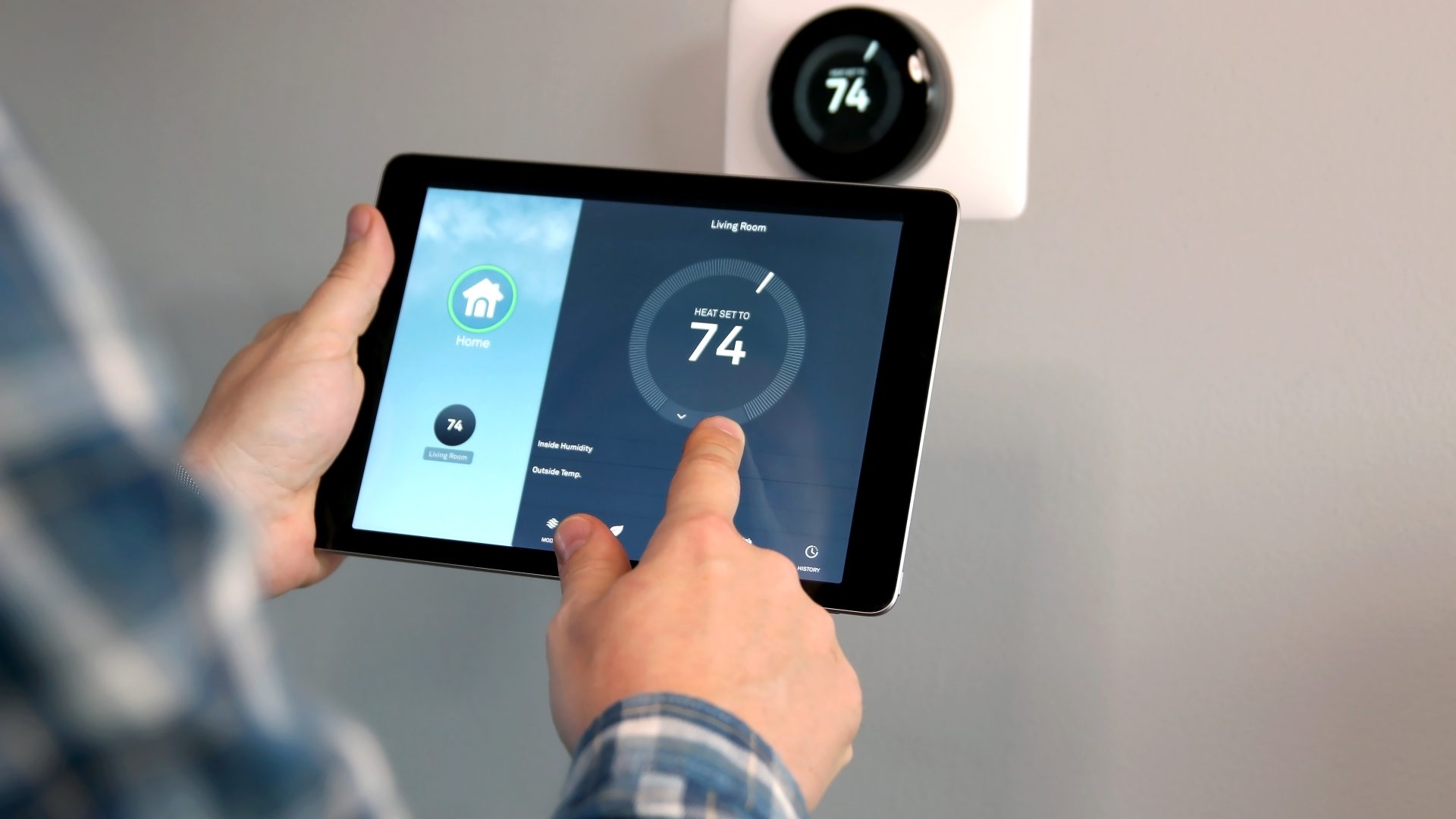Introduction: What is a Static Pressure?
HVAC static pressure refers to the resistance to airflow in a heating, ventilation, and air conditioning system, represented by the force the air applies when it’s not in motion. This measure of pressure is crucial within the network of ducts and components that make up a HVAC system. It’s customarily expressed in inches of water column (in. w.c.) or the metric unit, pascals (Pa).
Functionality of Static Pressure
Static pressure is pivotal in the design and the daily operation of HVAC systems due to its direct impact on how well the system performs. An unusually high static pressure can be a tell-tale sign of obstruction, like a clog or narrow ductwork, which can hinder airflow and compromise the system’s functionality. Conversely, a low static pressure might signal a leak or a flaw within the system, which could also deteriorate system performance.
Measuring Static Pressure:
Technicians employ tools such as pressure gauges or manometers to measure static pressure. The reading can be influenced by various elements such as ductwork dimensions, the material quality and gauge used in duct construction, and the velocity at which air travels through the system. For optimal efficiency and operation, balancing static pressure is critical. Doing so contributes to maintaining a healthy HVAC system and promotes better indoor air quality.
Advanced Cooling is the premier choice for HVAC services in Texas and Oklahoma. With a team of highly trained and certified technicians, we have the expertise to handle all of your heating, ventilation, and air conditioning needs. Our commitment to customer satisfaction is unmatched, and we always go above and beyond to ensure that your experience with us is positive. We use only the highest quality parts and equipment to ensure that your HVAC system is running at peak performance. Plus, we offer competitive pricing and flexible scheduling to fit your needs. Choose Advanced Cooling for all of your HVAC needs in Texas and Oklahoma.
